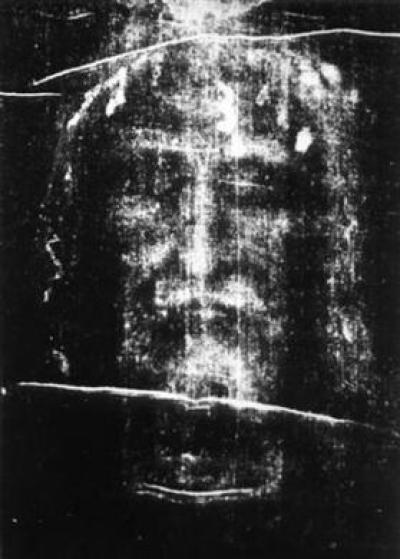Pope Francis Comments on Shroud of Turin After New Research Upholds Authenticity

Pope Francis has made comments on the Shroud of Turin, the much-discussed and analyzed burial cloth that some believe shows the face of Jesus Christ, saying that it "speaks to the heart," though he stopped short of declaring the piece an official relic.
"This image, impressed upon the cloth, speaks to our heart," the Roman Catholic Church leader said in an Italian TV Easter Saturday special.
"This disfigured face resembles all those faces of men and women marred by a life which does not respect their dignity, by war and violence which afflict the weakest … And yet, at the same time, the face in the shroud conveys a great peace; this tortured body expresses a sovereign majesty," he added.
The shroud made news again last week right before Easter when a research team from Padua University used carbon dating and concluded that the artifact is not a medieval fake, as some had previously suspected, but dates back to somewhere between 280 B.C. and A.D. 220.
Giulio Fanti, an associate professor of mechanical and thermal measurement at Padua University, conducted the tests, by analyzing fibers from the shroud with infrared lights, which allowed him to measure radiation intensity through wavelengths.
"We carried out three alternative dating tests on the shroud, two chemical and one mechanical, and they all gave the same result and they all traced back to the date of Jesus, with a possible margin of error of 250 years," Fanti told CNN.
The 14-foot long piece of cloth, which shows the imprints of a man with long hair and a bearded face, as well as markings indicating nailed feet and hands, has caused a lot of talk in both the scientific and Christian communities. The latest carbon dating findings might be the strongest evidence that the shroud was indeed used in the time-period of Jesus' death, but whether the imprints truly belong to Christ will be harder to prove.
Pope Francis' remarks are in line with the Roman Catholic Church's general position on the shroud, the Blaze noted. Catholics have remained neutral on the subject of the shroud's authenticity, leaving it up to scientific research, but insists that that the cloth still serves as an important symbol of Christians' faith.
For those wishing to stay up-to-date on news about the shroud, a new app called "Shroud 2.0" has been launched by the research team, and will be available in several languages.
"I hope the app will give us the chance of having microscopic data that will be very useful to confront different scientific research on the shroud, which, until now, is still a mystery," Fanti added.






























